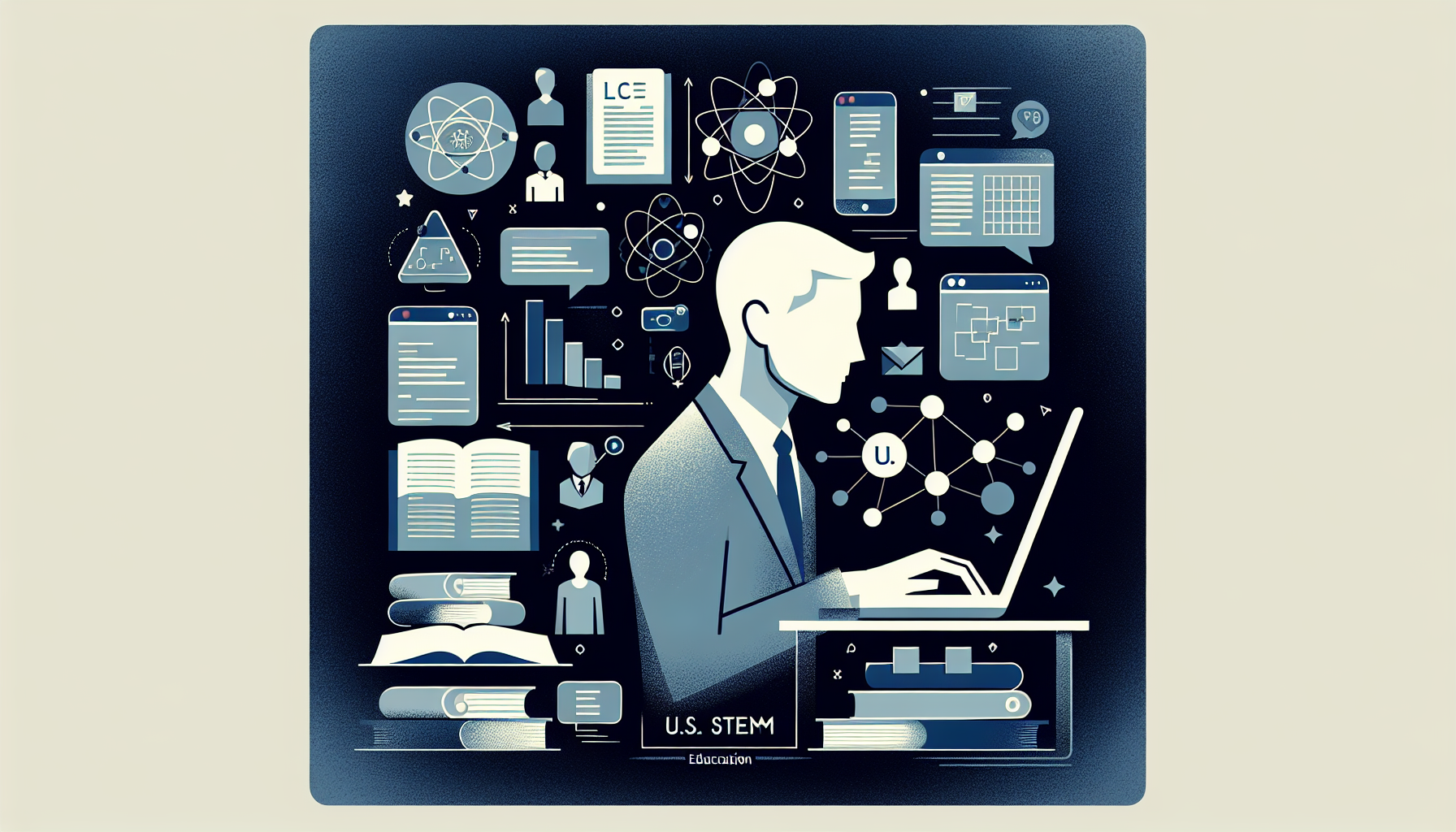How to ace your first statistics exam is a challenge many STEM students face. Imagine walking into that exam with confidence because you know the secrets to mastering complex formulas and data analysis. This guide will offer surprising insights that simplify the process and maximize your learning.
Smart Study Techniques For Statistics Success
Mastering statistics involves using smart study techniques that go beyond memorization. Active learning is key. Instead of passively reading textbooks, engage with the material by solving practice problems and participating in study groups. This helps reinforce your understanding and identify any gaps in knowledge.
Visualization tools can also enhance comprehension. Graphs, charts, and software like Excel or R can provide visual representations of statistical data, making complex concepts more graspable. Try creating your own data sets and analyzing them using these tools.
Regular practice is essential. Set aside specific time each day dedicated solely to practicing statistics. Consistency helps cement concepts in your mind, and over time, this repetitive practice will lead to success. Incorporating these strategies into your study regimen can greatly improve your understanding of statistics, ultimately preparing you to ace your exam.
Breaking Down Complex Statistical Concepts
Understanding statistics can be daunting, especially when faced with complex concepts. A helpful approach is to break down each concept into smaller, digestible parts. Start by identifying the key components of a formula or principle before attempting to solve problems.
Utilize everyday examples to relate complex ideas to real-life situations. For instance, probability can be easier to comprehend when you think about weather forecasts or sports statistics. These familiar scenarios can make abstract concepts more tangible.
Interactive tools like online simulators can also aid in understanding. They allow you to visualize results and experiment with different variables, which can enhance your learning. By engaging with the material actively, these techniques help demystify the challenging parts of statistics and build a solid foundation for your studies.
Using Real-world Examples For Clarity
Connecting statistical concepts to real-world examples can make abstract ideas much clearer. For example, understanding averages can be easier when you consider calculating your own grade point average or analyzing sports statistics.
Data analysis skills become more tangible when applied to actual scenarios like tracking sales trends in a store or predicting weather patterns. These practical applications help illuminate how statistics influence everyday decisions and outcomes.
By incorporating relatable examples into your study routine, you can see the real impact of statistics. This approach not only enhances your understanding but also makes learning more engaging and relevant to real-life situations.


